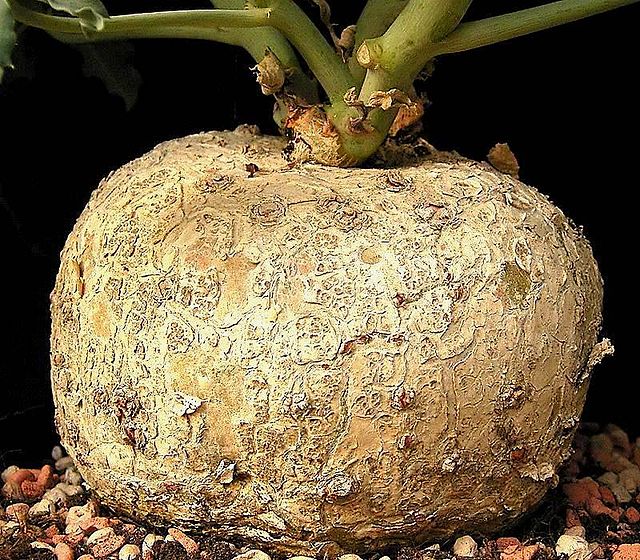Top Qs
Timeline
Chat
Perspective
Caudex
Biological structure in a plant stem From Wikipedia, the free encyclopedia
Remove ads
A caudex (pl.: caudices) of a plant is a stem,[1] but the term is also used to mean a rootstock[2] and particularly a basal stem structure from which new growth arises.[3]



In the strict sense of the term, meaning a stem, "caudex" is most often used with plants that have a different stem morphology from the typical angiosperm dicotyledon stem;[1] examples include palms, ferns, and cycads. The largest of all caudices is that of the ombu (Phytolacca dioica) of the Pampas of South America, which can reach up to 14 metres girth.[4]
The related term caudiciform, literally meaning stem-like, is sometimes used to mean pachycaul, thick-stemmed.[3] Caudices should not be confused with lignotubers which can also be very large.
Remove ads
Etymology
The term derives from the Latin caudex, a noun meaning "tree trunk".[2][5]
See also
External links
Wikiwand - on
Seamless Wikipedia browsing. On steroids.
Remove ads
